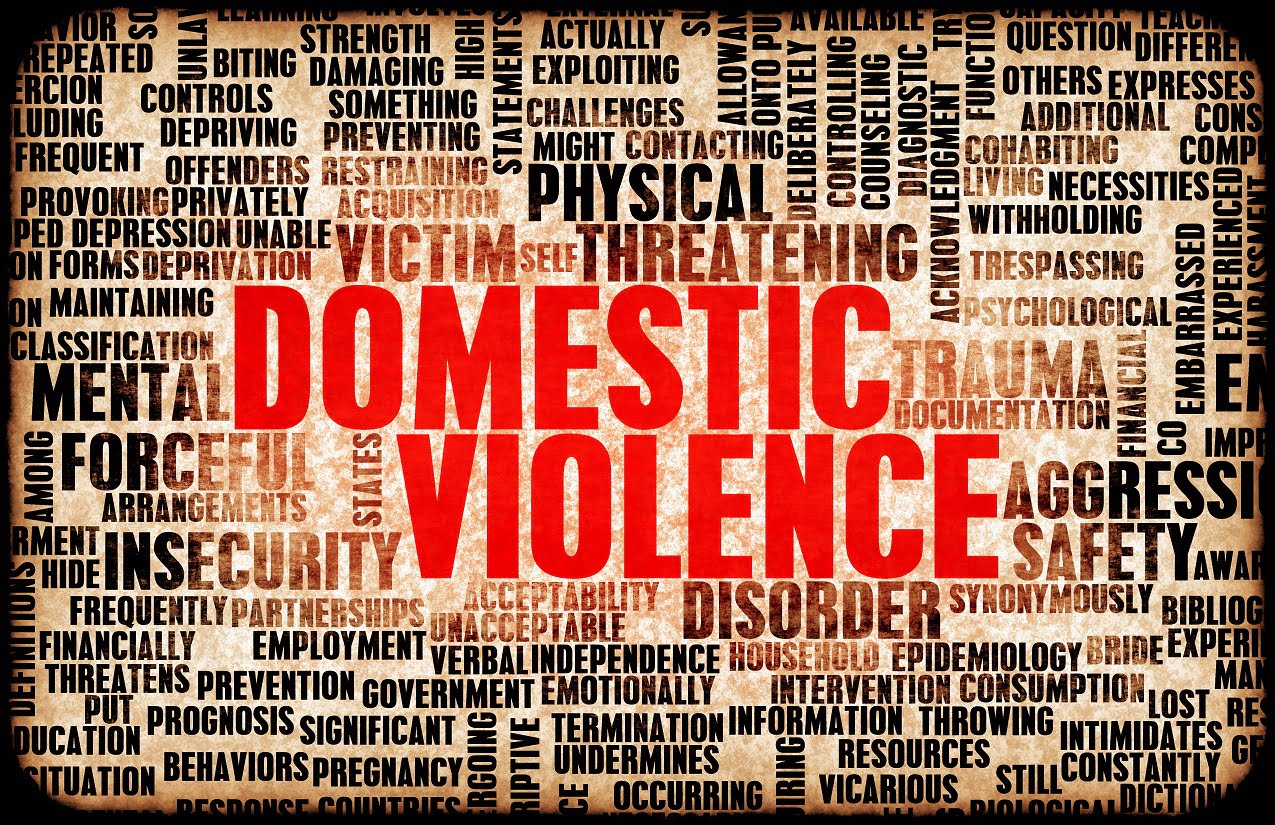The UK Office for National Statistics issued a report in November of last year, highlighting…
10 Domestic Violence Myths & Misconceptions- Guest Post

Domestic violence, like any other topic, is filled with misconceptions. To assist you to differentiate reality from fiction, we’ve compiled a list of five of the most common myths about domestic abuse:
- Domestic violence is only physical.
Domestic violence can manifest itself in a variety of ways, including intimidation, coercion, economic responsibility, isolation, psychological control/abuse, and physical assault.
- It only occurs in low-income households living on council estates.
Anyone, regardless of where they reside or how much money they have, maybe mistreated. Women and men who have been abused come from many areas of life. Consider the superstars we read about in the news to understand that money cannot safeguard you from domestic abuse.
- Men are equally as likely as women to be victims of domestic and familial violence.
Men can be victims of violence, yet the majority of men do not engage in domestic violence. However, women may utilise violence in relationships as well.
According to research, men are the most likely perpetrators of domestic and familial violence against women.
Men are more likely to be harmed by a stranger in a public location, but women are more likely to be harmed by someone they know in their own house.
- Victims provoke domestic and familial violence.
Nobody wants or deserves to be abused. Unfortunately, people who use violence may attempt to transfer responsibility to the victim by claiming that they caused them to be angry or jealous.
Most sufferers of domestic violence do anything they can to prevent violence and even try to modify their own behaviour in the hope of stopping the abuse. However, this will not put an end to the violence since they are not the source of it. The aggressive individual attempting to keep power and control over the victim is the cause of the violence.
- Domestic and familial violence will stop upon separation.
When a victim ends a relationship, the person who uses violence may perceive it as a direct threat to their power over the victim.
According to research, the months after separation are one of the most dangerous.
A person who used violence in the relationship may employ a variety of strategies to reestablish control over a victim. As a result, it is critical to seek assistance and remain secure.
- Domestic violence is triggered by factors such as alcohol or drug abuse, anger management disorders, or financial difficulties.
Domestic and family violence can be triggered by the use of alcohol or drugs, challenges with anger management, or financial concerns, but they are not the cause.
People who commit violence frequently blame it on things like this.
Even when they are sober or when money is not an issue, they are frequently aggressive to the victim.
It is unusual for anger control to be the primary concern. Often, the perpetrator of violence will aim their rage towards the victim but will be able to control their behaviour in front of friends, coworkers, other family members, or strangers. This is due to the fact that domestic and family violence is generally driven by power and control rather than merely anger.
There are also numerous households where alcohol, drugs, and money are challenges, but there is no domestic violence.
- Domestic violence is a private family matter.
Domestic violence affects everyone. Keeping domestic violence hidden benefits no one has been demonstrated to hurt children, has high societal costs, and serves to perpetuate abuse via taught patterns of behaviour.
- Abusers are raised in violent families.
This is not correct. Growing up in a violent family is a risk factor, and some abuse victims go on to be violent in their relationships. Many, however, do not. They are instead repulsed by violence because they have witnessed the devastation it creates. As a result, they would never consider hitting their lover.
Abusers learn to be violent as a result of the culture in which they grow up. People who blame violence on their upbringing avoid taking responsibility for their conduct.
- Some individuals like violence.
Nobody enjoys or finds violence pleasing. The majority of abused individuals live in fear and terror. This is a method of blaming the victim for what is going on.
- Abusive persons suffer from a mental illness.
The great majority of persons who physically or verbally abuse their partner are not mentally sick. However, according to research, the proportion of abusers who have mental health problems is the same as in the general population. And, if an abusive individual is mentally sick, why do they exclusively attack their spouse and not coworkers, strangers, or friends?
Bio-
Our Brisbane Domestic Violence Lawyers have a proven track record of getting excellent outcomes for our clients, whether the offences are those drawing life sentences, repeat offences, or children court cases. Our Lawyers has the correct approach when dealing with your court matters. From the most serious offences, when your liberty is at stake, to potentially losing your driver’s licence for traffic violations, our Brisbane criminal lawyers will assist and support you as you through the judicial system.
